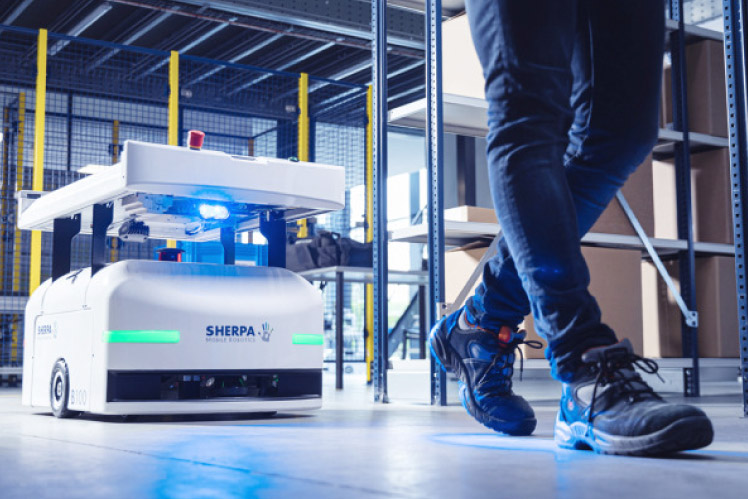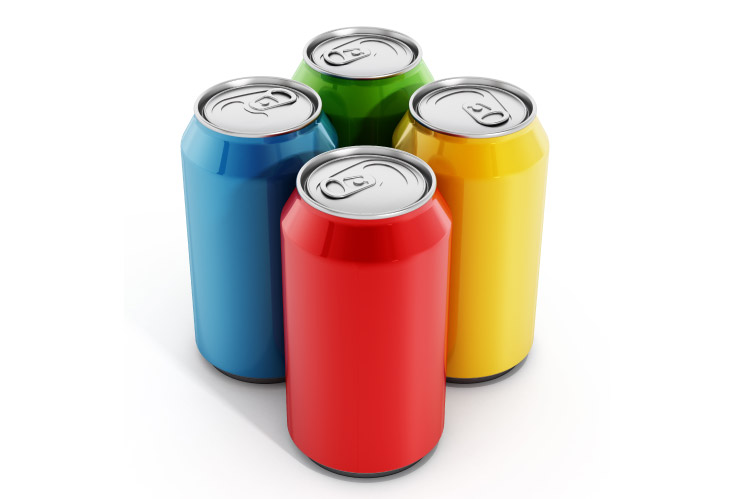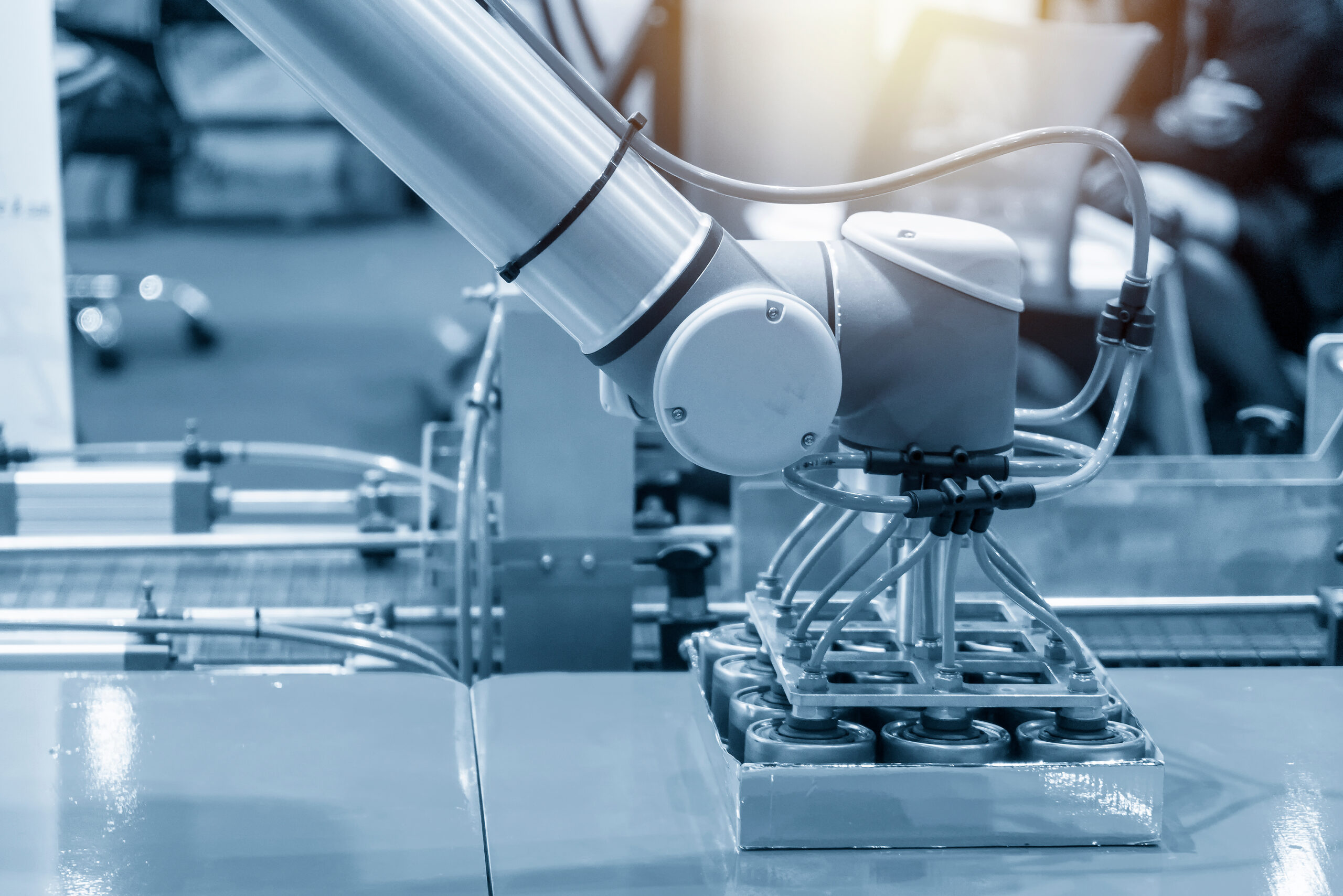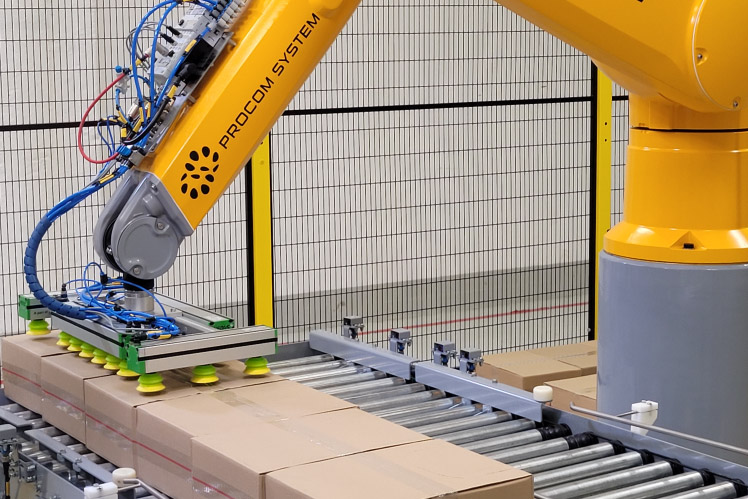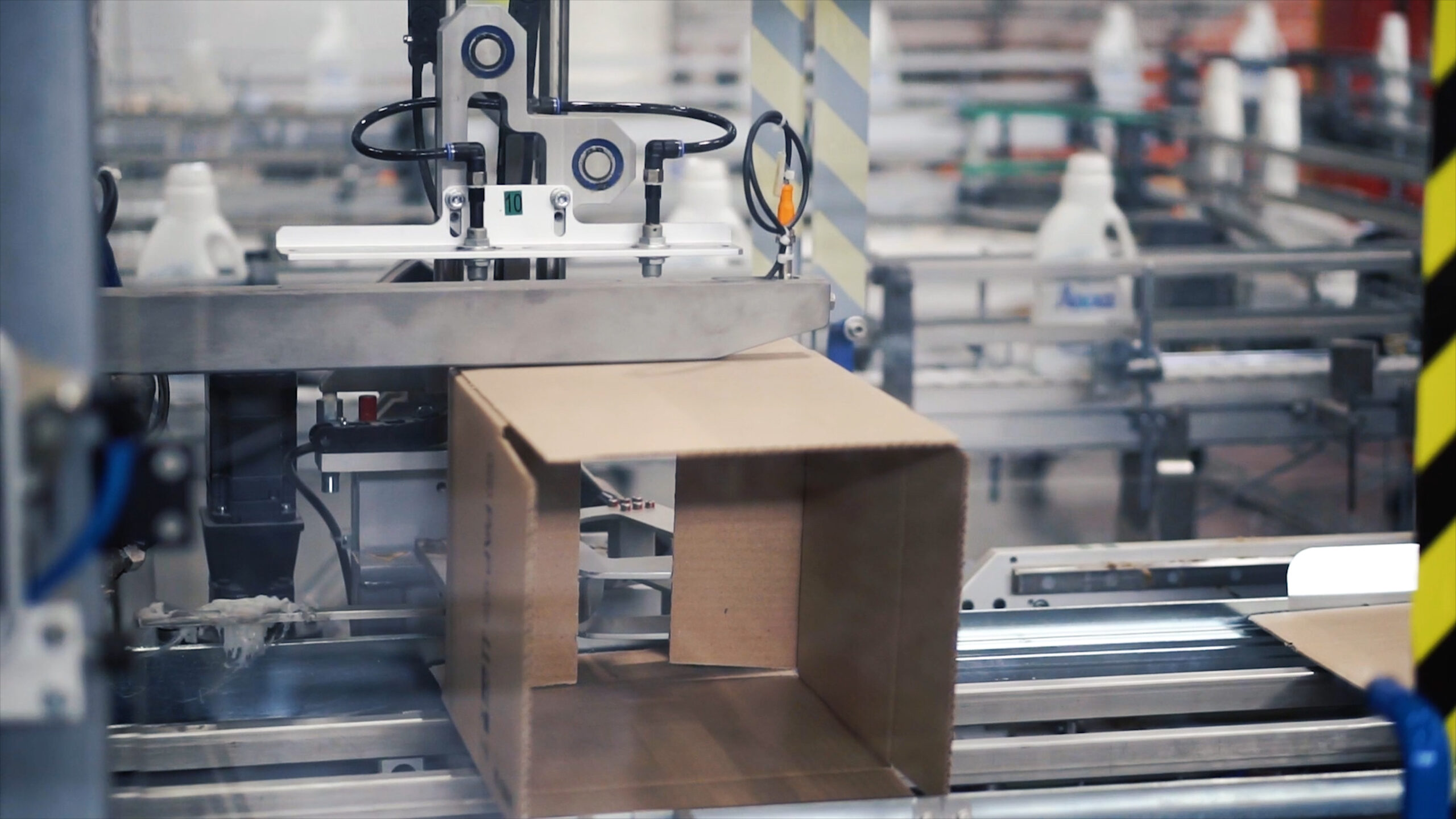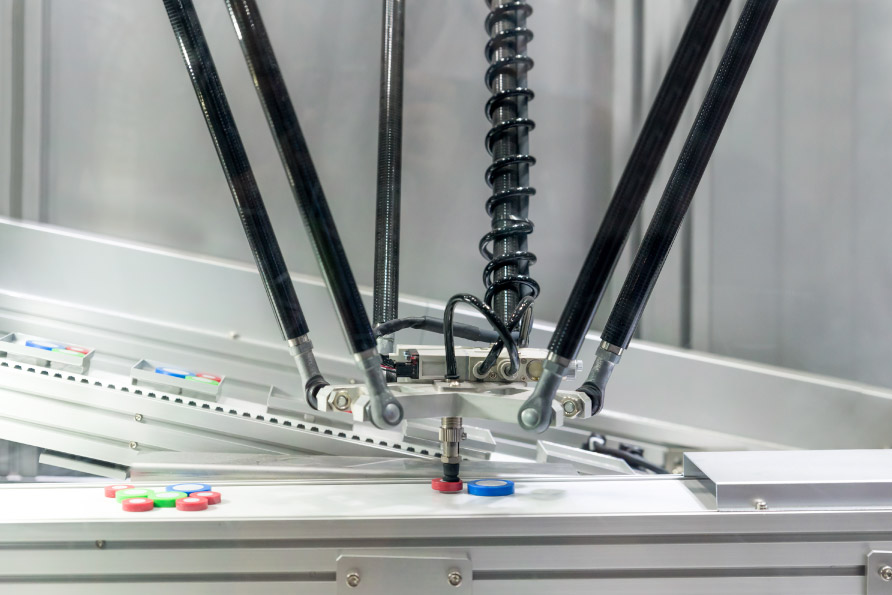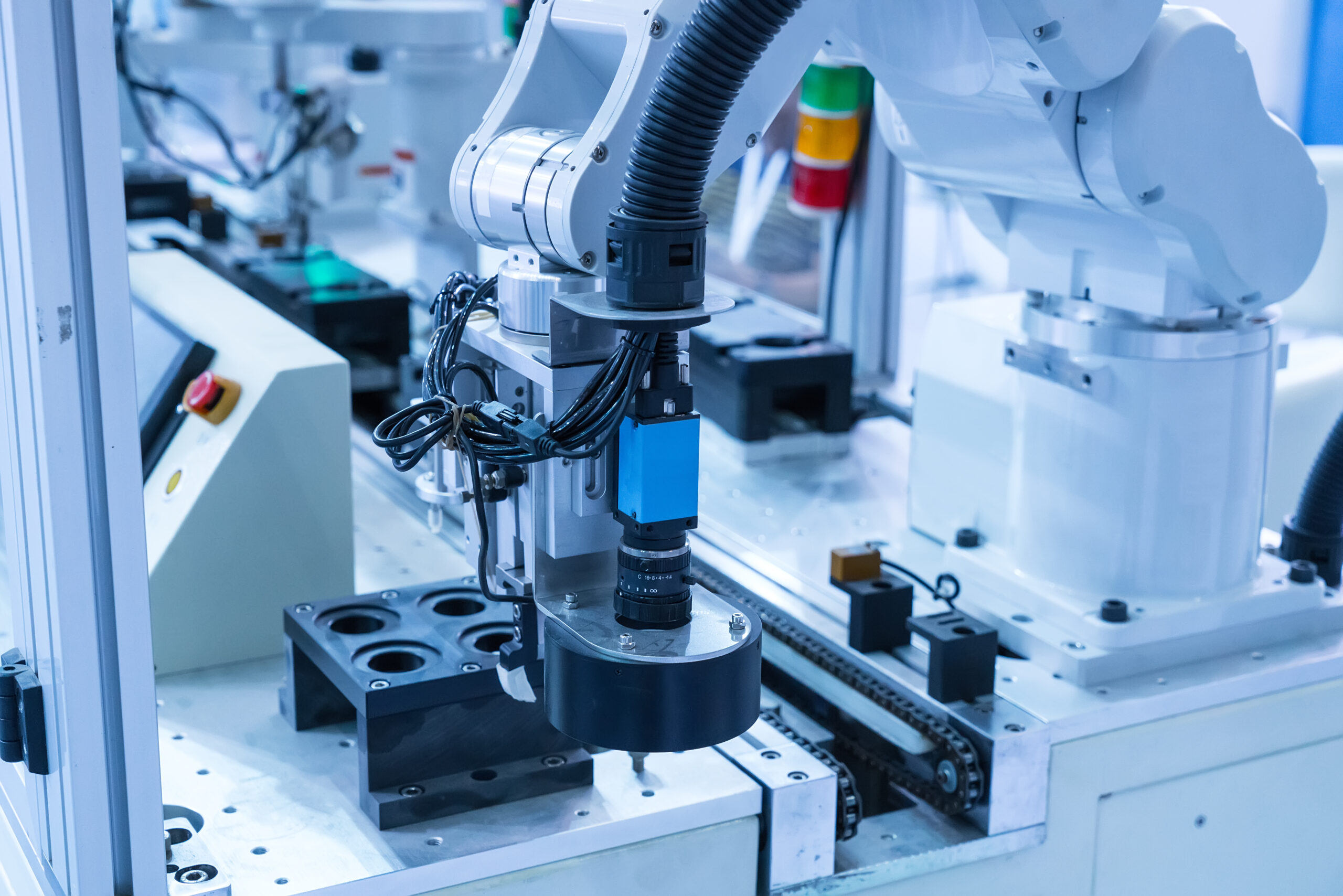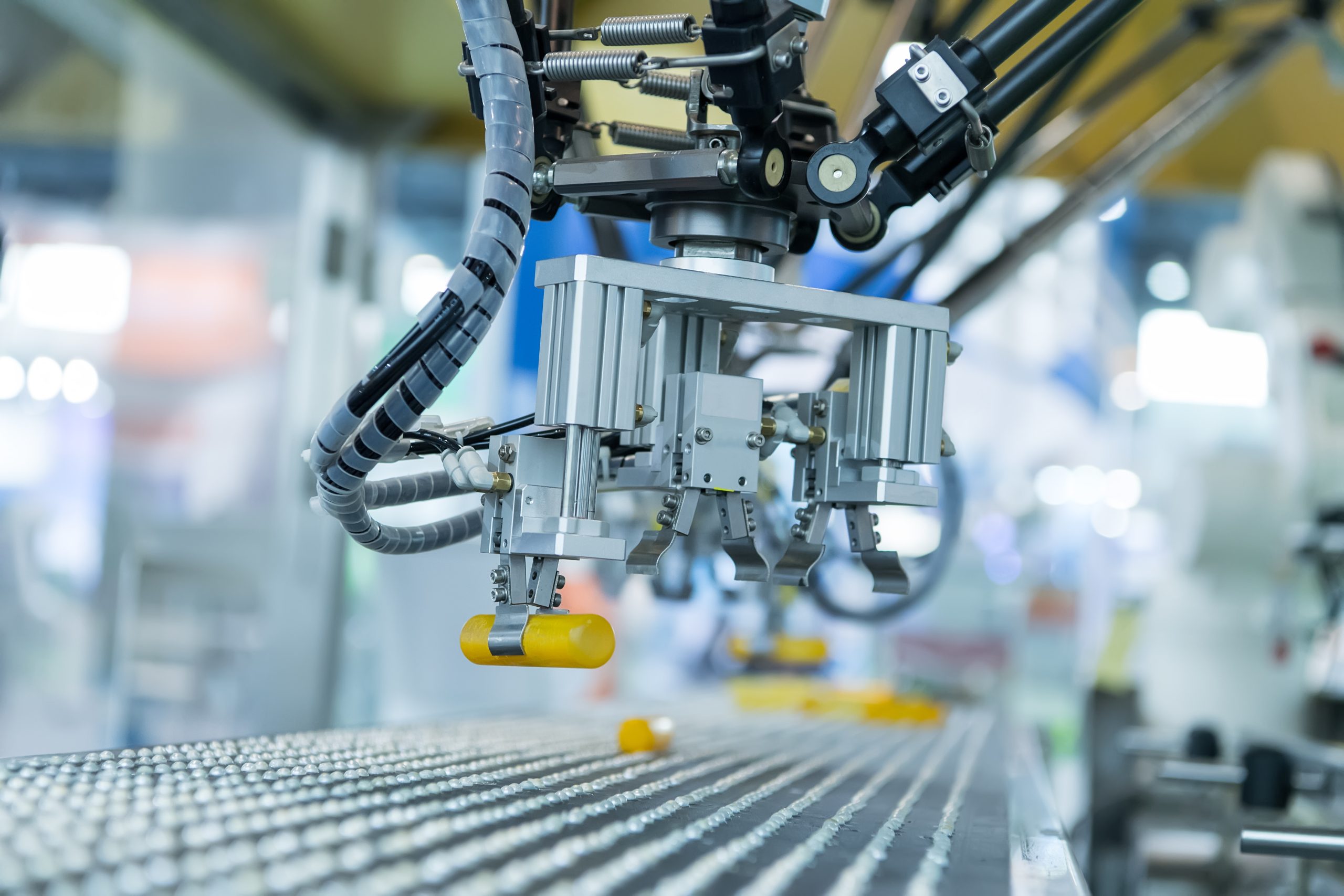
Packing stations
Packaging goods is one of the key processes in production plants. It requires maintaining a high standard of repetition and high efficiency, while maintaining the highest quality of the product and its packaging. Using industrial robots in packaging processes brings a wide range of benefits, including cost reduction.
